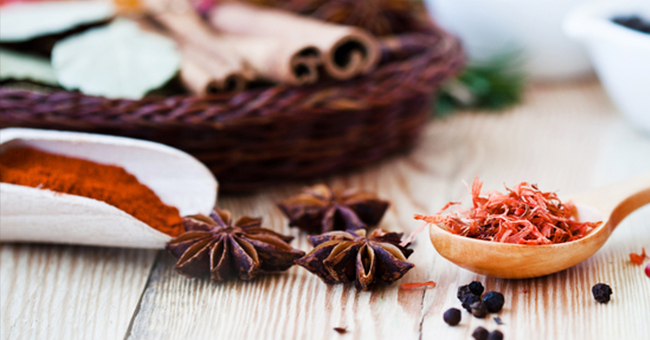At one time, vermouth was better known for its medicinal qualities than its role as the backbone for Manhattans, martinis and other cocktails. After its invention in 18th century Turin, Italy, it wasn’t uncommon for a doctor to prescribe a nip or two of the fortified wine, which gets its flavor through a blend of herbs, roots, spices and other botanicals, for any one of a number of ailments, from indigestion to a cough. Not only was adding botanicals to wine a way to infuse it with flavor, but it was also a method of preservation.
“Long ago, there wasn’t a Walgreen’s you could go to and pick up pills if you were sick,” says Amy Stewart, author of “The Drunken Botanist.” “Putting botanicals in wine was one way to save them, since alcohol works as a solvent and will extract compounds and create a solution.”
While nowadays a bitter pour of vermouth, which comes in two basic styles — sweet and dry — is often a much welcomed aperitif before a big meal, it’s each brand’s notable blend of botanicals that gives it its distinguishable bitter characteristics. (All vermouths contain an artemisia, a bitter plant or root, hence its bitter taste.) And while most distillers remain tight lipped about their recipes, there are several ingredients that often pop up in blends. Here we consulted Stewart and her book to examine each botanical to get a better understanding of how it contributes to vermouth’s unique character.
Wormwood (Artemisia absinthium)
The word “vermouth” derives from the German word for wormwood (“wermut”), so it’s only natural that the bitter herb became a common ingredient in not only vermouth, but also absinthe. Part of the daisy family, wormwood is known within the medical community for treating anything from digestive disorders to healing wounds and insect bites. It was also commonly added to beer instead of hops to add a bitter element that also happened to be antimicrobial.
Cinnamon
While cinnamon may not be the first ingredient that comes to mind when thinking of vermouth, the spice plays a pivotal role in giving the liquid a jolt of heat. Native to Sri Lanka, cinnamon is from the inner bark of a variety of trees within the genus Cinnamomum, and is peeled off, dried in the sun, and later curled. It became an important part of the world spice trade, which is likely how it came from the South Asian island to other continents (and into vermouth bottles).
Cinchona
Not only is cinchona commonly found in vermouth, it’s also the main ingredient in tonic water: quinine. Native to South America, it is part of the Cinchona genus that includes 23 trees and shrubs, and Andean tribes used its reddish-brown bark to treat fevers and heart problems. In 1630, Jesuit priests discovered it was useful in fighting malaria. Because of its bitter taste, colonists discovered that diluting it with some soda water and a splash of gin would tone it down; thus the gin and tonic was born.
Ginger (Zingiber officinale)
Easily recognizable due to its knobby appearance, the spicy ginger root comes from a tropical plant that produces tall, reedy stalks that can grow up to three or four feet in height. Native to Southern Asia, the Chinese adopted it for its medicinal qualities, using it to fight nausea and other maladies. Eventually the citrus-flavored root became a popular addition to beer, resulting in what would eventually become ginger ale.
Star Anise (Illicium verum)
Known for having a similar flavor to black licorice, star anise is the pungent, star-shaped fruit of an evergreen tree grown in Vietnam and China. Each fruit contains a single seed and are harvested when ripe and later dried in the sun. In addition to being used to make vermouth, it can also be found in Sambuca, ouzo and some brands of absinthe.
Cardamom
A member of the ginger family (Zingiberaceae), cardamom is one of the most expensive spices in the world. The reason for its high cost is due to the difficulty in harvesting its seeds and its preference for growing only in tropical areas, such as in its native India and also in Guatemala. Green cardamom is known for its strong, citrusy flavor with menthol undertones while black (dried) has smoky notes.
Chamomile
This daisy-like plant is part of the Asteraceae family and is known to be a sedative, making it a popular flavor choice among tea drinkers looking for an alcohol-free nightcap. With its sweet, floral taste, it’s been known to flavor certain gins and chamomile liqueurs. It’s also one of the few ingredients that many vermouth distillers will admit to using in their blends.





